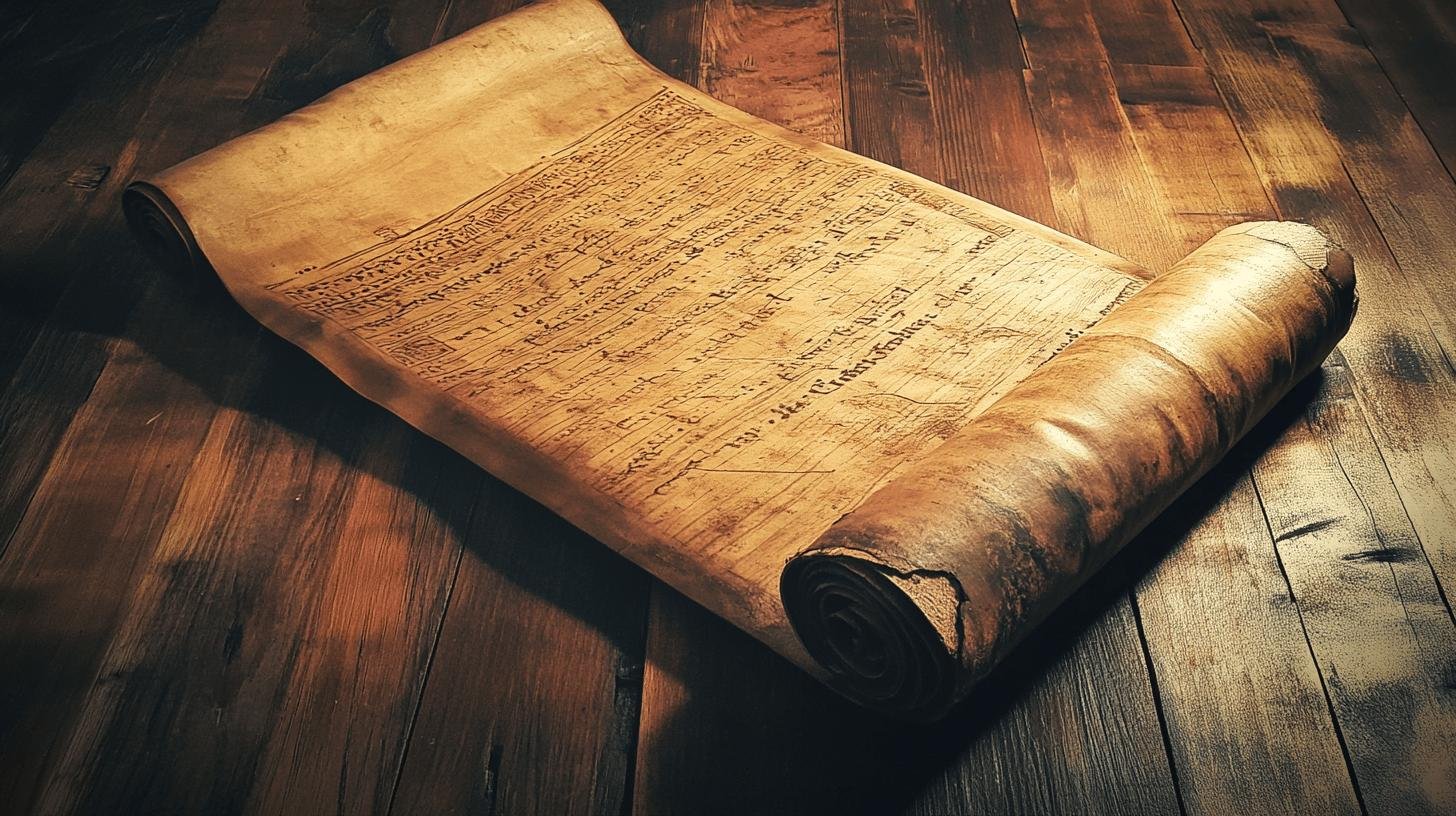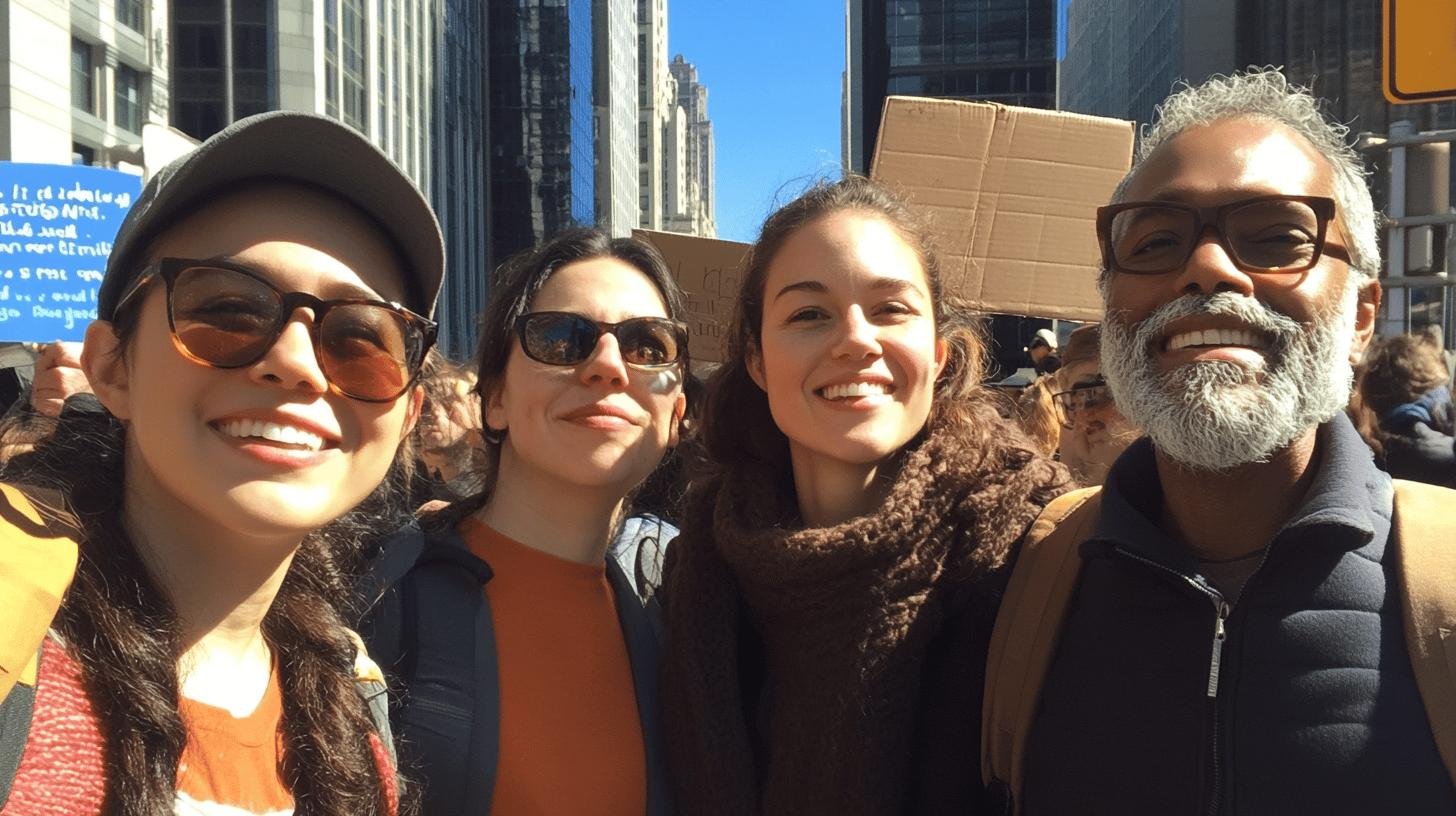TL;DR:
- Freedom of Speech: Individuals can express thoughts openly without censorship; protections include spoken and written communication.
- Freedom of Expression: Broader scope, including art, media, symbols, and gestures.
- Historical Roots: Originated in Ancient Greece; influenced by Enlightenment thinkers; recognized in documents like the Universal Declaration of Human Rights.
- Legal Protections: Strongly protected in the U.S. under the First Amendment; includes symbolic acts like protests.
- Scrutiny Levels: Courts evaluate restrictions—strict scrutiny, intermediate scrutiny, rational basis review.
- Limitations: Speech inciting violence or defamation is not protected; obscenity also faces legal limits.
- Modern Challenges: Digital age complicates balancing freedom with misinformation and hate speech prevention.
Is there really a difference between freedom of speech and freedom of expression, or are they just two sides of the same coin? While they might seem interchangeable, distinguishing these concepts can clarify much about your rights in speaking and creating. This article dives into the subtle differences that set these two freedoms apart. Whether it’s speaking your mind or crafting a mural, understanding these rights can empower you in unexpected ways. Curious to know more? We’ll break down what each of these freedoms really means and how they affect your life every day.
Defining Freedom of Speech and Expression
Freedom of speech lets individuals express their thoughts openly without censorship. It includes saying, writing, reading, or publishing any content. Essentially, it allows sharing ideas and opinions through speech or writing, vital for open dialogue, societal progress, and democracy.
Meanwhile, freedom of expression covers more than just words. It includes art, media, symbolic acts, and gestures. This right ensures individuals can convey messages in diverse ways, highlighting creativity and cultural identity. By supporting various expressions, society fosters innovation and diverse perspectives.
- Speech
- Art
- Media
- Symbolic Acts
- Physical Gestures
Historical Context of Speech and Expression Rights

The roots of free speech rights date back to ancient democracies, like Athens, encouraging public debate. This early engagement laid the groundwork for free speech as a fundamental right. Over time, these ideas shaped modern democratic societies, including the First Amendment of the U.S. Constitution, which covers more than just spoken or written words.
Significant milestones expanded expression rights. The Enlightenment emphasized individual liberties and freedom of thought, with philosophers like John Locke and Voltaire influencing democratic constitutions worldwide. In the 20th century, international documents like the Universal Declaration of Human Rights recognized these rights as core human rights.
Cultural interpretations vary. Western societies focus on individual liberties, while others prioritize community harmony. For example, some Asian countries balance expression rights with societal values, showing the complexity of applying universal principles globally.
| Era | Development |
|---|---|
| Ancient Greece | Early democratic engagement through public debate and citizen participation |
| Enlightenment | Philosophical advocacy for individual liberties and freedom of thought |
| 20th Century | Recognition of expression rights as core human rights in international law |
Legal Aspects of Freedom of Speech vs Expression
The First Amendment of the U.S. Constitution offers strong legal protections for speech and expression. It allows individuals to voice opinions and convey messages without fear of censorship or retaliation. This protection extends to artistic and symbolic expressions, like flag burning and protests.
Despite these protections, not all forms are immune from regulation. Courts can limit speech if it poses a significant threat to public order. Such restrictions undergo rigorous scrutiny to ensure they don’t unjustly infringe on rights.
Globally, approaches vary. Some countries prioritize these rights like the U.S., while others maintain stricter regulations for social harmony or societal values. European nations balance hate speech laws with preventing discrimination and violence. Authoritarian regimes may limit speech to keep control. These differences show the complexity of applying universal principles across contexts.
Levels of Scrutiny in Legal Cases
Courts evaluate speech restrictions by applying different scrutiny levels: strict, intermediate, and rational basis review. Strict scrutiny, the highest, requires the government to prove a restriction is narrowly tailored for a compelling interest. Intermediate scrutiny checks if the restriction is substantially related to an important objective. Rational basis review ensures it’s reasonably related to a legitimate purpose. These scrutiny levels balance individual freedoms with societal interests.
Examples of Legal Cases
Many legal cases shape speech and expression rights. Texas v. Johnson (1989) ruled that flag burning is symbolic speech protected by the First Amendment. Schenck v. United States (1919) established the “clear and present danger” test, determining when speech can face restrictions. These cases highlight evolving interpretations and the ongoing balancing act between protecting freedoms and societal concerns.
Differences and Similarities Between Speech and Expression

Freedom of speech pertains to verbal and written communication. It allows individuals to express thoughts and ideas through spoken or written words, such as public speeches or private letters. It focuses on exchanging ideas through language, ensuring people can speak freely without censorship.
On the other hand, freedom of expression includes more than just speech. It covers art, media, symbolic acts, and gestures. This wide scope allows communication through diverse mediums, reflecting cultural and creative self-expression.
Legally, both freedoms are protected under the First Amendment, but they have different interpretations. While speech can be scrutinized for potential immediate harm, expression is evaluated for broader cultural impact. Together, they foster an environment for democratic engagement, with verbal and non-verbal contributions to public discourse.
- Verbal Communication
- Written Communication
- Artistic Expression
- Media Representation
- Symbolic Acts
Limitations and Challenges to Speech and Expression
Certain speech and expressions are limited by law due to potential harm or public disruption. Speech inciting violence, defaming others, or making threats is not protected by the First Amendment. Expressions with low First Amendment value, like obscenity, also face legal limits. These ensure communities remain safe while balancing freedom and safety.
Governments regulate speech to maintain order. They impose reasonable, content-neutral restrictions to prevent chaos and ensure public safety. Such regulations face scrutiny to avoid stifling essential freedoms. Courts apply levels of scrutiny to assess if these serve a crucial purpose without being overly broad.
Modern Challenges in the Digital Age
The digital age presents new challenges for speech and expression. The internet and social media expand individual reach, making global expression easier. However, moderating online content and preventing harmful speech are complex tasks. Balancing freedom with preventing misinformation and hate speech is difficult for governments and tech companies.
Hate Speech and Legal Responses
Hate speech is contentious in legal terms. While offensive speech is protected, hate speech inciting violence or discrimination can be restricted. Laws like the Promotion of Equality Act curb hate speech by imposing fines or requiring apologies. The legal system balances free expression with the need to uphold dignity and prevent harm.
Final Words
Exploring the differences between freedom of speech and freedom of expression helps clarify their unique roles in society. Speech allows for verbal and written ideas without censorship, while expression offers a broader canvas, including art and media.
Historically, both have developed to support personal and societal communication. Legally, protections vary globally, with each country interpreting these freedoms differently.
Their limitations highlight ongoing challenges, especially in the digital space. Balancing these rights with societal order remains crucial. Embracing both freedoms preserves a democratic society, enabling individuals to communicate openly and creatively.
FAQ
Is freedom of expression and freedom of speech the same thing?
Freedom of expression is broader, including activities like art and media, while freedom of speech focuses on verbal and written communication.
What is the difference between freedom of press and freedom of speech?
Freedom of the press allows media organizations to publish content without interference, while freedom of speech is about individual rights to express ideas verbally or in writing.
What do freedom of speech and freedom of expression allow?
They allow individuals to communicate ideas, share opinions, and engage in creative activities without fear of censorship.
What are the limits on free speech?
Free speech is limited by laws against threats, obscenity, and incitement to violence. Restrictions aim to maintain social order but must be justified.
Why is freedom of speech important?
It promotes a diverse exchange of ideas and is crucial for democracy, allowing people to hold the government accountable and influence policy.
What are examples of freedom of expression?
Examples include art, writing, music, digital media, and public demonstrations. These forms enable thoughts and ideas to reach broader audiences.
What are Five limitations of freedom of speech?
Limits include laws against defamation, incitement to violence, national security threats, obscenity, and hate speech, ensuring speech doesn’t harm others or disrupt order.
What does the Freedom of Speech Amendment cover?
The First Amendment covers speech, press, religion, assembly, and petition, providing a foundation for democratic engagement and protection from governmental interference.
What does a Freedom of Speech Article discuss?
Such articles often explore historical context, legal frameworks, challenges, and examples of how speech rights are applied and contested globally.

